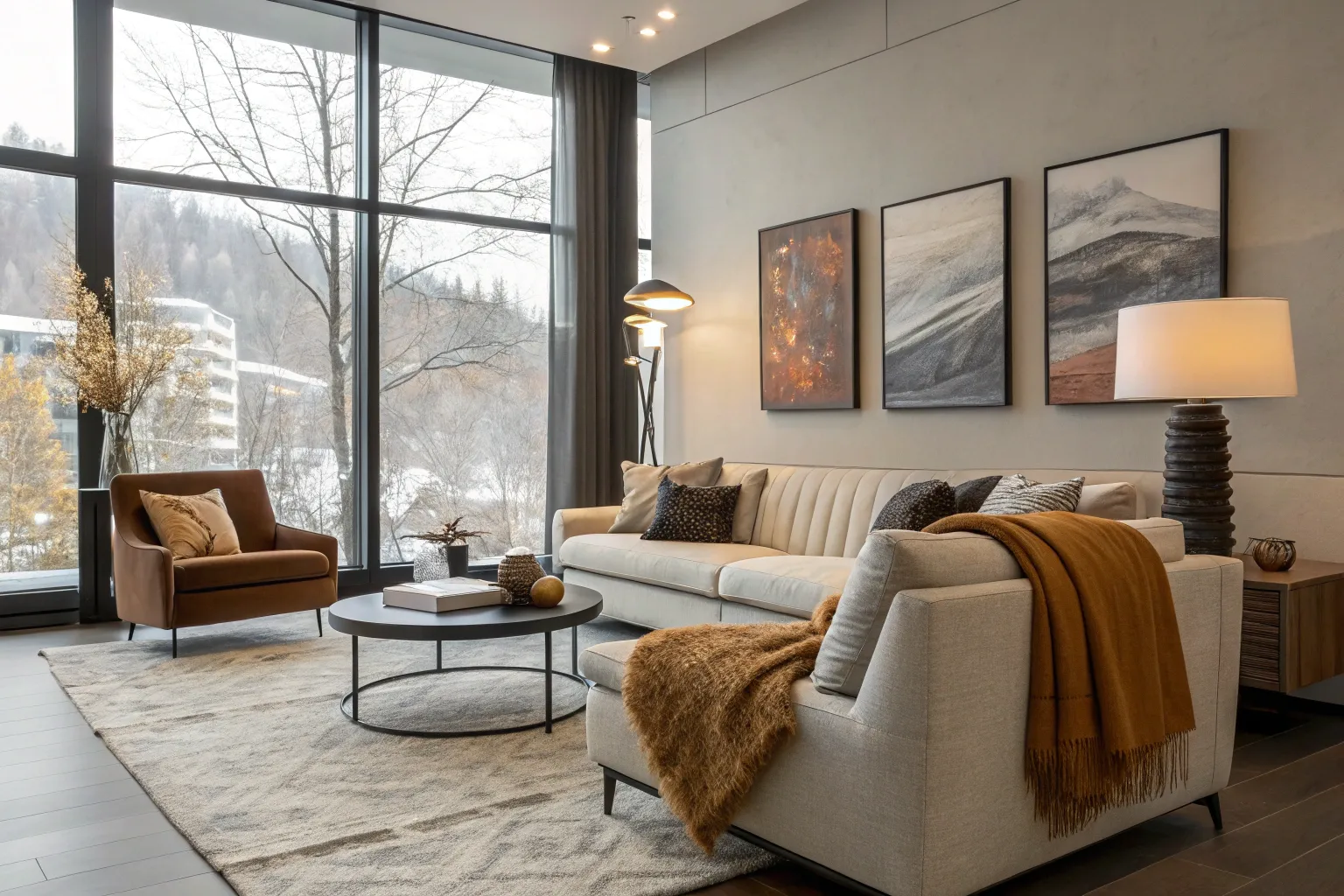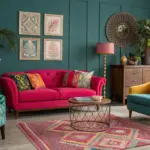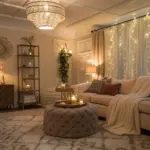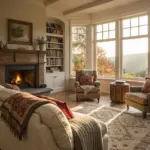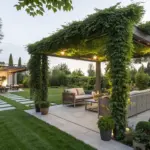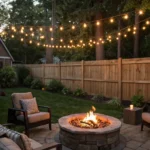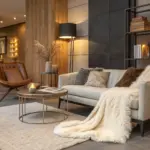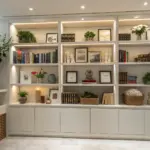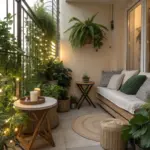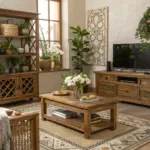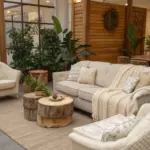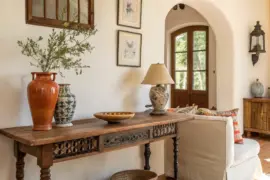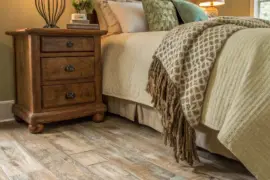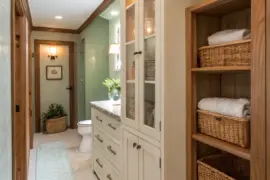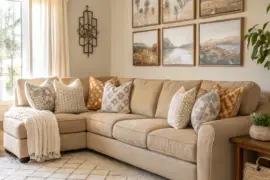Creating a harmonious interior that balances the crisp precision of modern design with the inviting warmth of cozy textures is both an art and a science. I find that the most successful spaces achieve this delicate equilibrium by understanding that modern doesn’t have to mean cold, and cozy doesn’t have to sacrifice sophistication.
Understanding the Foundation: Modern Lines as Structure
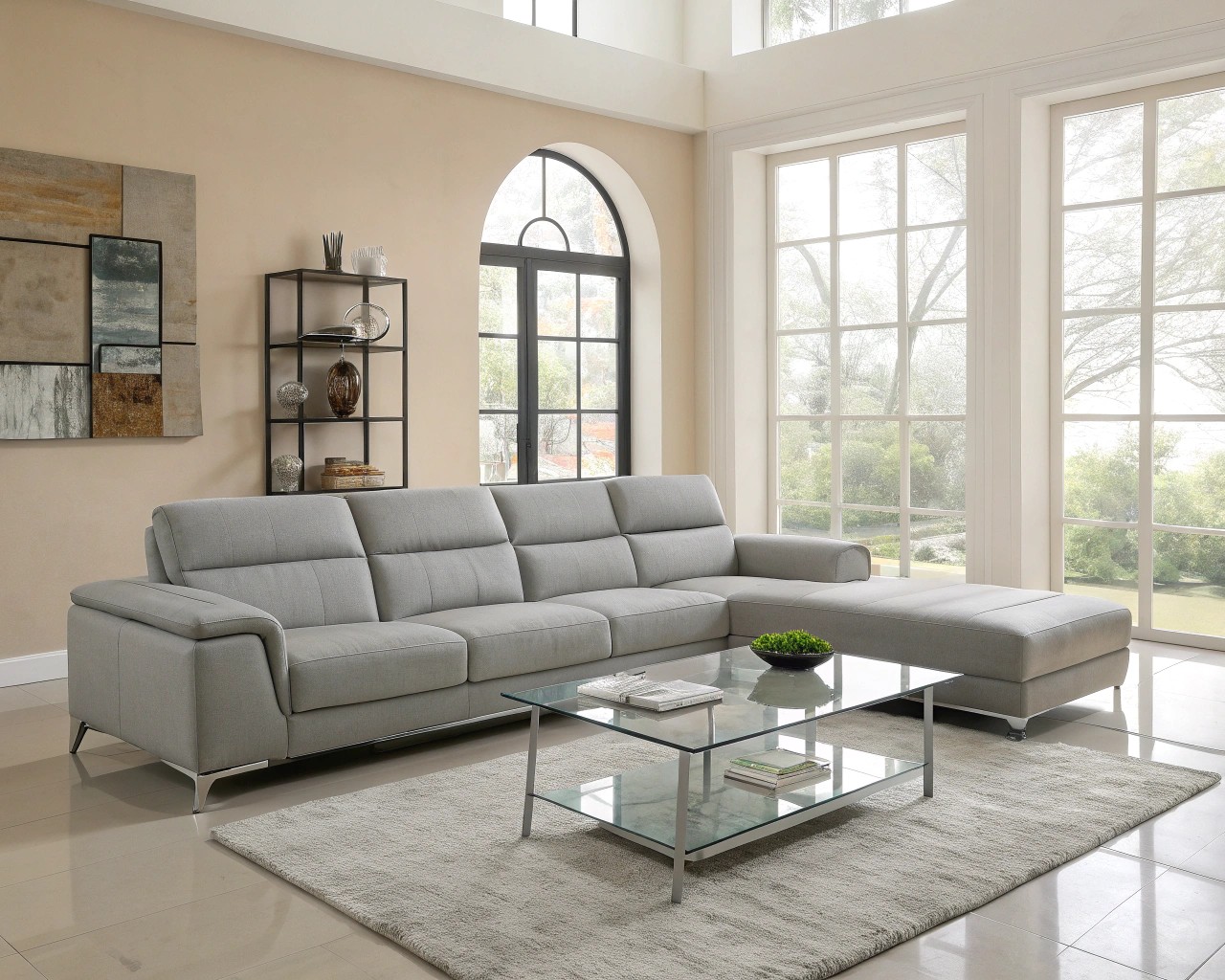
Modern design principles center on clean geometric forms, uncluttered spaces, and functional beauty. These elements create what I call the “architectural backbone” of a room—straight lines, right angles, and purposeful negative space that allow the eye to rest and appreciate each carefully chosen element.
The key characteristics of modern lines include:
- Geometric furniture silhouettes with sharp edges and minimal ornamentation
- Streamlined surfaces that emphasize form following function
- Neutral color foundations that provide visual calm
- Uninterrupted sight lines that create flow and spaciousness
When working with modern elements, I always consider the psychological impact. These clean lines create what researchers call a “tranquil environment that promotes calm order and sophistication”, providing the perfect canvas for introducing warming elements.
The Science of Cozy: How Textures Transform Perception
Texture operates on both visual and tactile levels, influencing how our senses respond to materials. Soft, plush materials like velvet, wool, and boucle naturally evoke feelings of warmth and comfort because they physically invite touch. This sensory engagement is crucial for transforming sterile modern spaces into lived-in environments.
Essential Cozy Textures for Modern Spaces
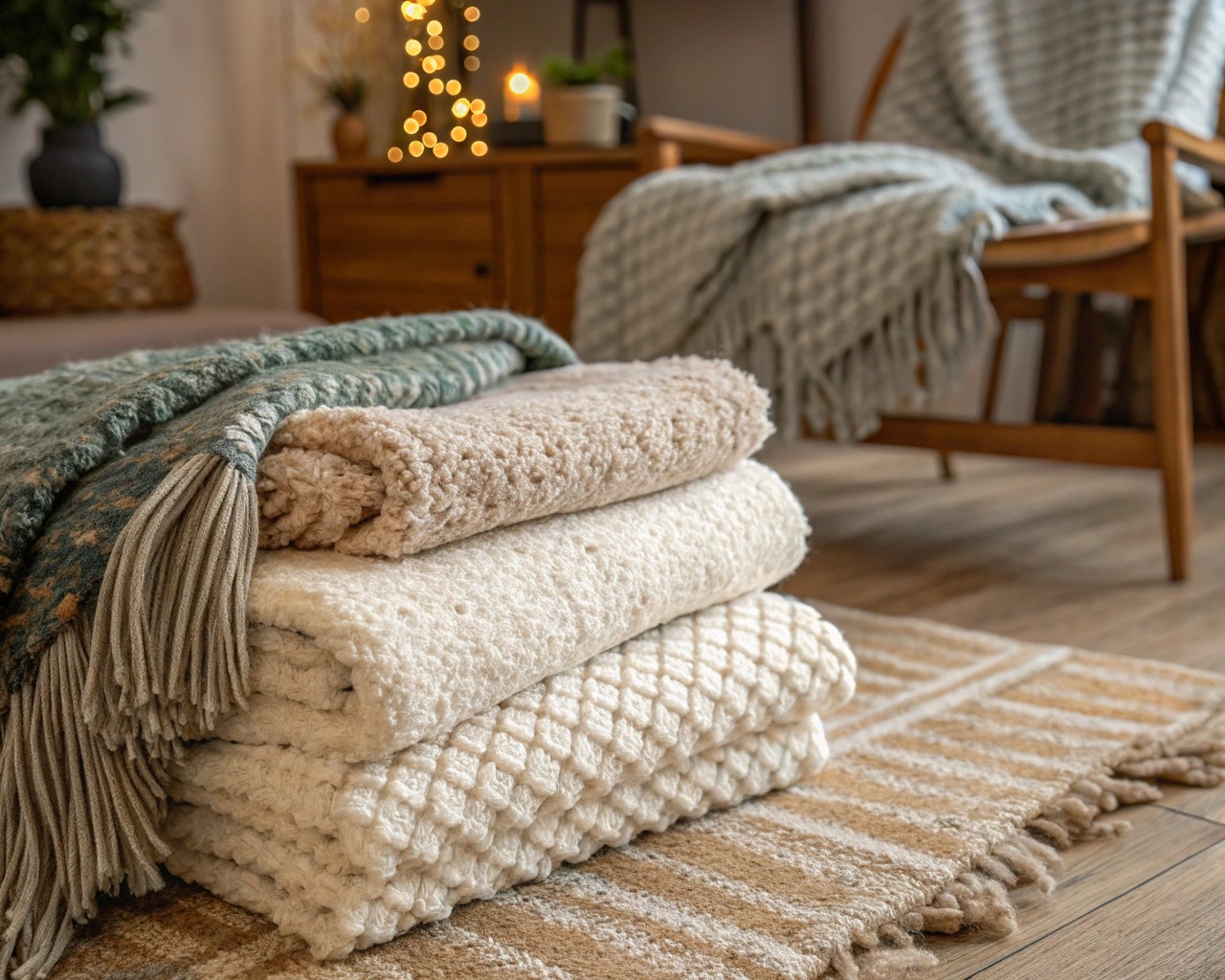
Natural Fiber Selection:
- Boucle: Creates visual weight with its nubby, looped texture while maintaining sophistication
- Wool: Provides natural stain resistance and adds rich grounding layers through rugs and throws
- Mohair: Offers supreme softness with high durability and water-repelling properties
- Linen: Brings organic irregularity that softens hard edges while maintaining contemporary appeal
Layering Strategy:
The most effective approach involves combining multiple textile weights and weaves. Start with a neutral base rug, then build upward with throws in varied fabrics—cotton, velvet, wool, or boucle. This creates what designers call “textural hierarchy,” where each layer contributes to the overall tactile experience without overwhelming the space.
Mastering Material Combinations
The Wood and Stone Partnership
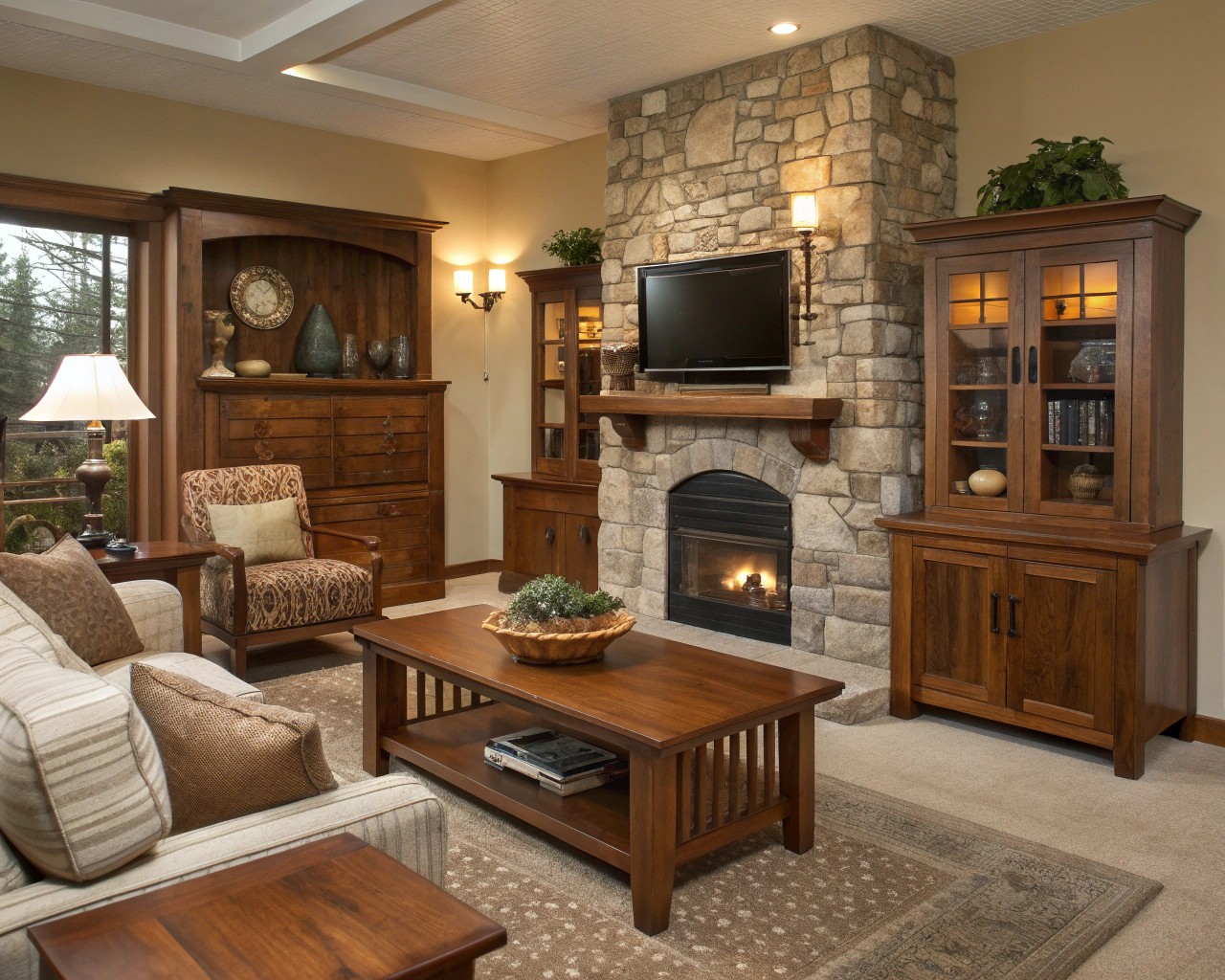
One of the most successful approaches I employ combines natural stone’s cool sophistication with wood’s organic warmth. This pairing creates what I term “grounded modernism”—spaces that feel both architecturally refined and emotionally accessible.
Stone Selection for Modern Applications:
- Travertine: Offers warm, earthy tones with natural texture variations
- Limestone: Provides soft, calming presence with versatile neutral colors
- Quartzite: Delivers durability with crystalline textures and contemporary appeal
Wood Integration Techniques:
- Use light woods like oak or ash to complement stone’s mineral qualities
- Incorporate wood in varying scales—from large furniture pieces to decorative accents
- Consider wood grain direction to create visual rhythm against stone’s static patterns
Balancing Hard and Soft Elements
The secret to successful texture mixing lies in understanding visual weight distribution. Rougher, more textured surfaces like stone accent walls or reclaimed wood furniture appear heavier because they absorb light and create visual complexity. Balance these elements with softer materials that reflect light and provide tactile contrast.
| Hard Elements | Soft Elements | Integration Strategy |
|---|---|---|
| Polished marble surfaces | Velvet upholstery | Use marble as accent, velvet as primary seating |
| Metal light fixtures | Wool throws | Warm metal tones, chunky wool textures |
| Glass coffee tables | Sheepskin rugs | Transparent hard surfaces, plush floor textures |
Color Harmony: The Neutral Foundation
Modern cozy interiors thrive within sophisticated neutral palettes that allow textures to take center stage. I recommend building from a foundation of warm whites, soft beiges, and muted taupes, then introducing depth through textural variation rather than color contrast.
Temperature Considerations
Warm Neutrals (for coziness):
- Accessible Beige, Natural Linen, Slipper Satin
- These create inviting foundations that pair beautifully with wooden furniture and warm lighting
Cool Neutrals (for modern sophistication):
- Repose Gray, Gray Owl, Silver Drop
- These provide fresh, contemporary backdrops for metal finishes and sleek surfaces
The Bridge Palette (for perfect balance):
- Agreeable Gray, Edgecomb Gray, and other greige tones
- These sophisticated neutrals maintain coziness while supporting modern aesthetics
Lighting as the Unifying Element
Proper lighting design serves as the critical bridge between modern functionality and cozy ambiance. I always employ three-layer lighting systems: ambient for general illumination, task for specific activities, and accent for highlighting textural elements.
Strategic Lighting Applications
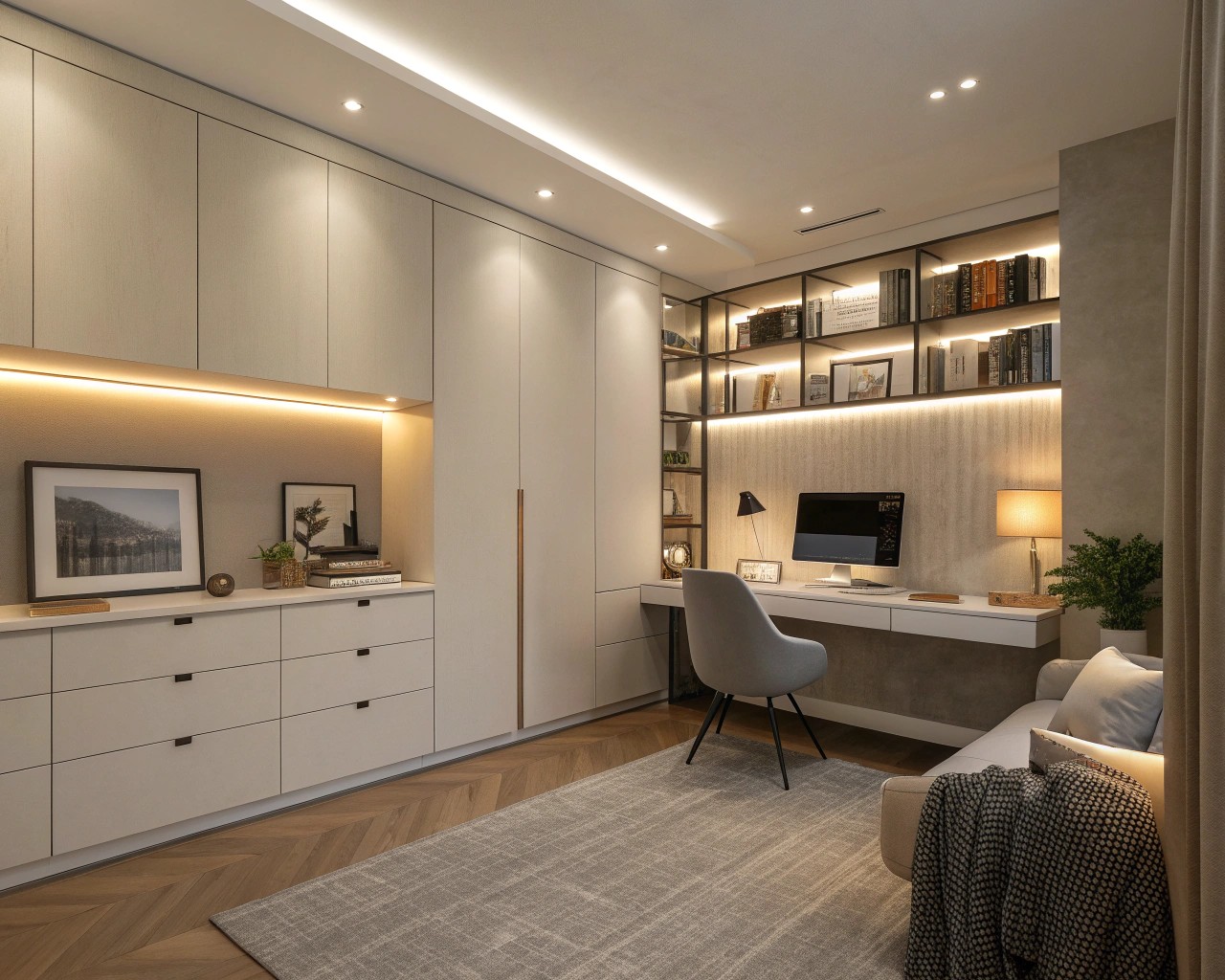
Ambient Layer:
- Ceiling-mounted fixtures with warm bulbs (2700K-3000K) create overall comfort
- Large floor lamps provide both illumination and sculptural modern elements
Task Layer:
- Under-cabinet lighting for functional modern kitchens
- Reading lamps with clean geometric forms
Accent Layer:
- Wall sconces to highlight textural wall treatments
- Sculptural pendant lights that serve as both illumination and art pieces
The key is using dimmable controls to adjust brightness levels throughout the day, supporting both focused work periods and relaxing evening atmospheres.
Practical Implementation: Room-by-Room Strategies
Living Spaces
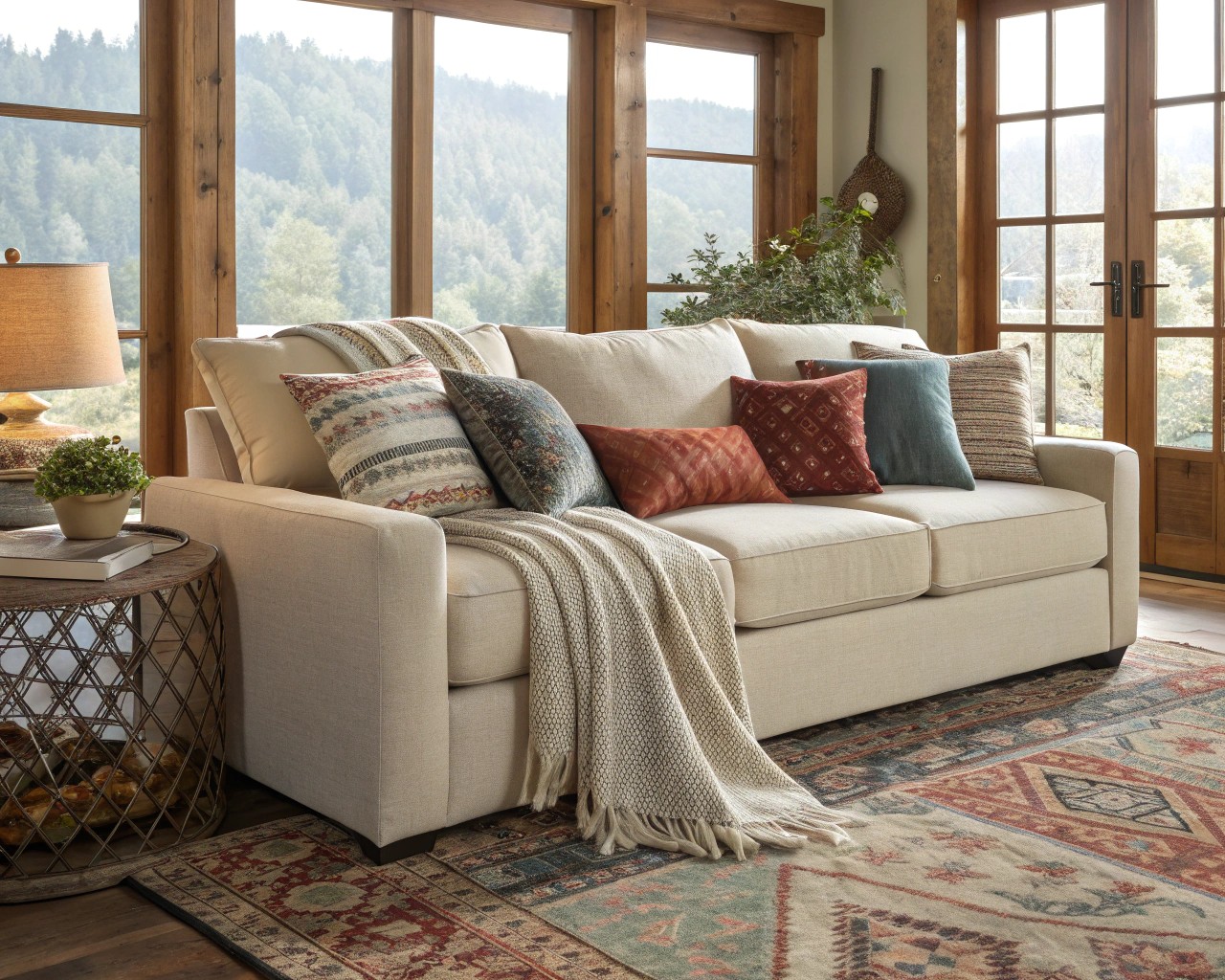
Start with modern furniture silhouettes—a clean-lined sofa in neutral upholstery—then layer cozy elements through textiles. Add a chunky knit throw in contrasting texture, vary pillow materials from smooth leather to nubby wool, and ground the seating area with a natural fiber rug that provides tactile interest.
Furniture Arrangement:
- Avoid pushing all furniture against walls; create intimate conversation groupings
- Mix geometric coffee tables with organic-shaped accent pieces
- Include both angular and curved elements to prevent monotony
Bedroom Sanctuaries
In bedrooms, the balance shifts toward enhanced coziness while maintaining modern sophistication. Layer different fabric weights—crisp cotton sheets, cashmere throws, and textured wool pillows. Use a wooden bed frame with clean lines, then soften with natural linen curtains and a plush area rug.
Kitchen Integration
Modern kitchens benefit from strategic texture introduction through natural materials. Consider wood valances to warm stark white spaces, incorporate stone backsplashes with interesting textures, and add woven baskets for both storage and visual softness.
Common Implementation Challenges
Avoiding Over-Texturing
One frequent mistake involves introducing too many competing textures simultaneously. The solution is selective layering—choose 3-4 primary textures per space and repeat them in varying scales throughout the room.
Maintaining Modern Clarity
Cozy elements should enhance, not obscure, modern architectural features. Use the 80/20 rule: maintain 80% modern foundation elements and introduce 20% cozy textures for optimal balance.
Scale Considerations
Ensure textural elements are appropriately scaled to the space. Large rooms can handle more dramatic texture contrasts, while smaller spaces benefit from subtle textural variations within similar color families.
Seasonal Adaptability
Design spaces with seasonal flexibility in mind. Core modern elements remain constant while easily changeable textural accessories—throw pillows, blankets, and small decorative objects—can shift to accommodate different comfort needs throughout the year.
Summer Adaptations:
- Lighter linens and cotton textures
- Reduced layering to maintain visual coolness
- Emphasis on hard surface textures like stone and metal
Winter Modifications:
- Increased wool and mohair elements
- Additional layering with heavier throws
- Warmer lighting temperatures to enhance coziness
Sustainability and Longevity
Choose natural materials that age gracefully and support sustainable design principles. Wood develops beautiful patina over time, natural stone maintains its integrity for decades, and quality textiles like wool and linen become more beautiful with use.
This approach aligns with the growing movement toward mindful consumption—investing in fewer, higher-quality pieces that serve both aesthetic and functional purposes over extended periods.
The beauty of mixing modern lines with cozy textures lies in creating spaces that honor both intellectual appreciation and emotional comfort. By understanding the fundamental properties of each design element and applying them with intentional balance, you can achieve interiors that feel both sophisticated and genuinely livable—spaces that support both productive work and restful relaxation, formal entertaining and casual family life.
The most successful modern-cozy interiors don’t choose between efficiency and comfort; they demonstrate that thoughtful design can deliver both simultaneously, creating homes that truly serve the complex needs of contemporary living.
(

